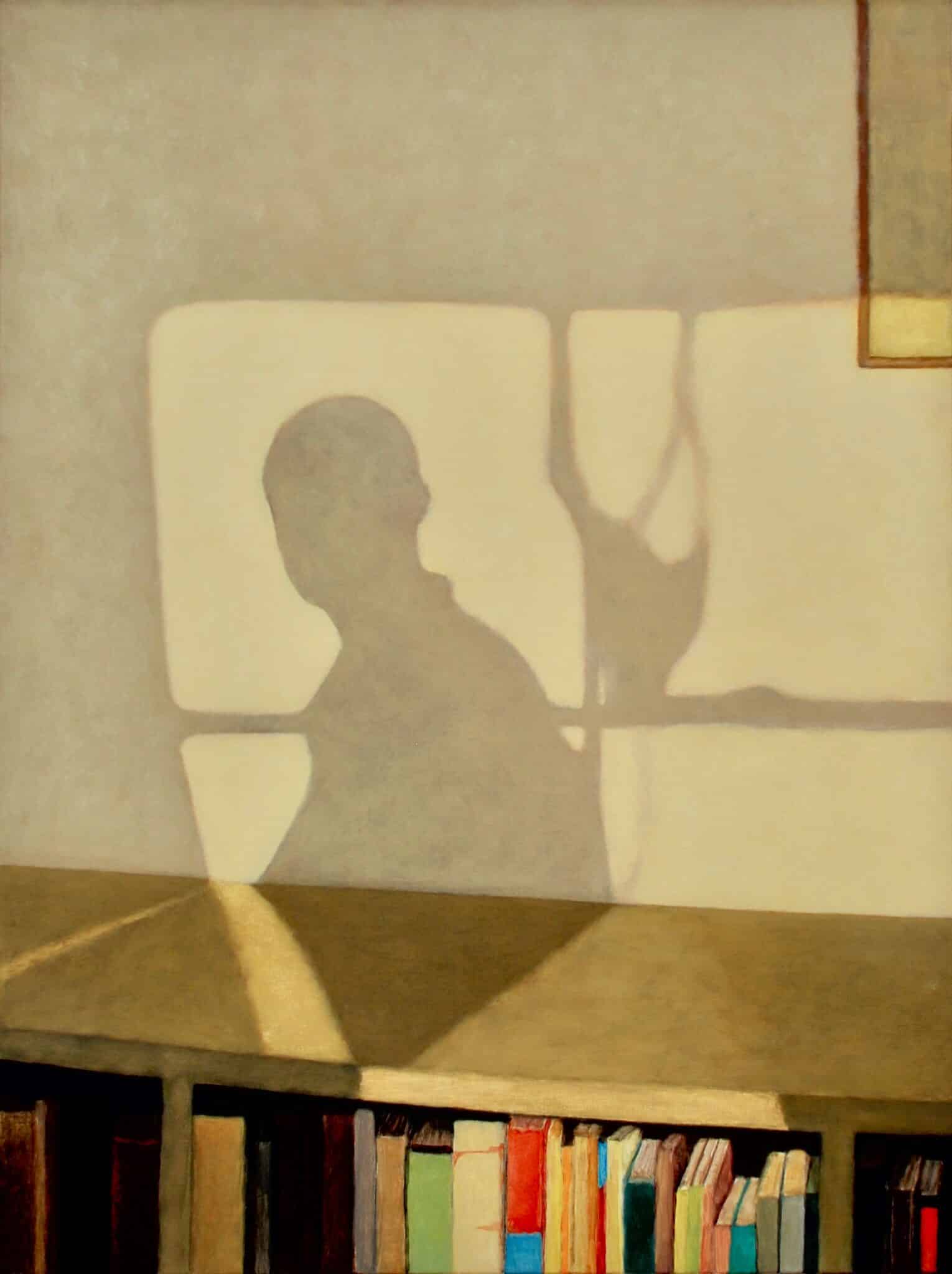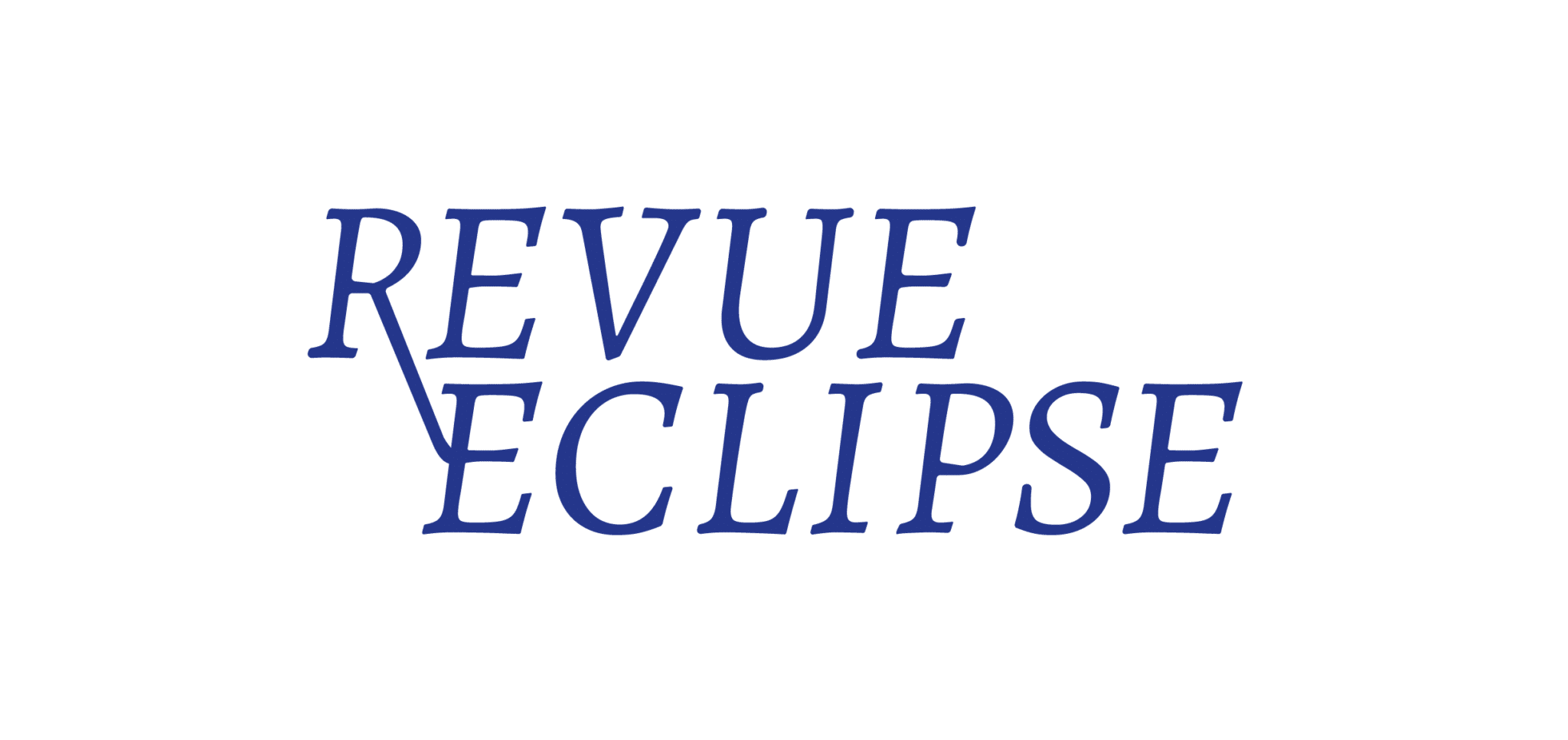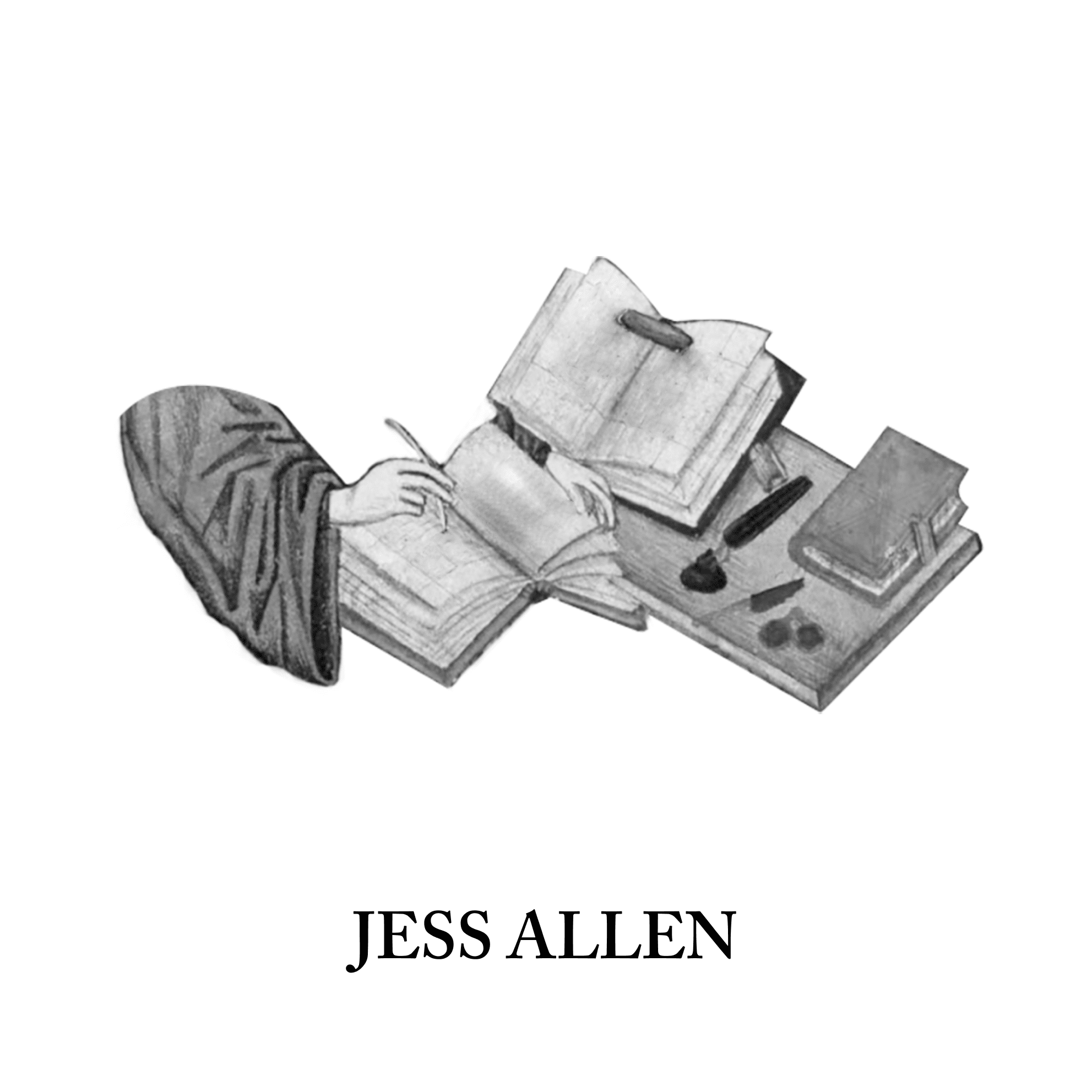
Jess Allen

Jess Allen was born in 1966 in Dorset, in the United Kingdom.
Her works focus on the dialectic between presence and absence in the context of the ordinary. As the Assignificant is the main issue of the Revue Eclipes, we thought it would be interesting to interview Jess Allen on her vision of intimacy, her fascination for the visual notion of absence, and her minimal and serial chromatic and composition choices.
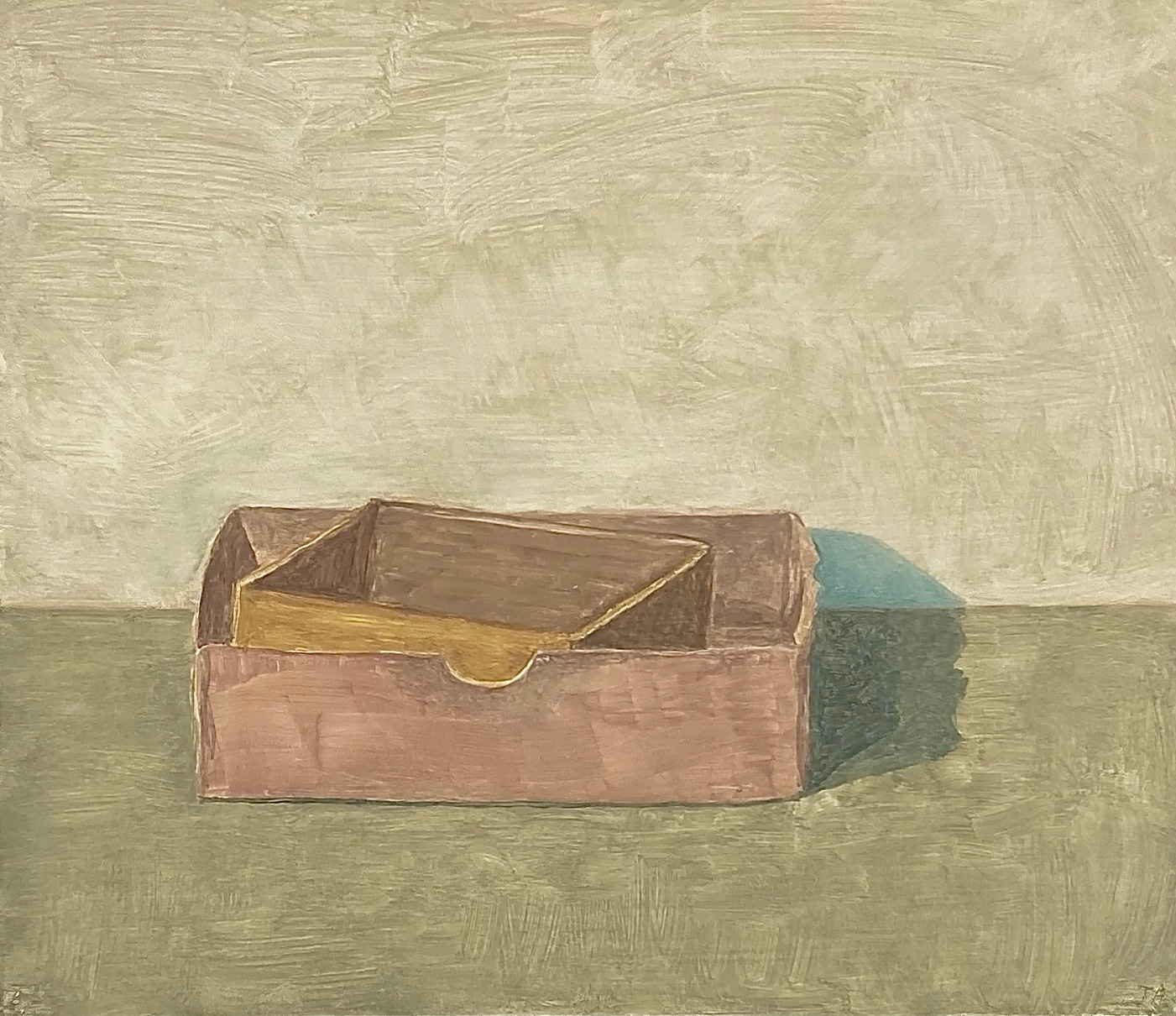
1. What are your main inspirations from the art world ?
I live a quiet and removed life, away from the art world and I do not look at the current contemporary art scene for inspiration. My practice is inspired by ordinary life, and not art, or other artists. It is about my private and personal everyday experience of looking and observation. The art world for me is more a place of frustration than inspiration. In particular I am aware of a very real and a definite ageism in the commercial art world, which more and more favours young emerging artists. Whilst this is great for the young, an interest almost unheard of when I was an artist in my 20s and 30s, there is an inevitable flip side, which creates a false idea that older artists, who are unknown, are not worthy of discovery or value.
2. Are there writers, philosophers or musicians that inspire you as well ?
Rather than being influenced by certain writers or philosophers, I sometimes find certain pieces of writing which I connect to, which relate to my practice, as well as to my inner well being. I am very interested by Deepak Chopra’s thoughts on ‘the Field’ and Wayne Dyer’s on ‘the Gap’, as well as Echart Tolle’s concepts in the ‘Power of Now’. For me their ideas all relate in some way to my compositions, where empty space within, and around objects, play a significant role. Space (‘the field’, ‘the gap ‘) is hugely important to me, as a metaphor for a simplicity of thought, and a de- cluttering of the mind. In my paintings I explore space in different ways, both in it’s physical aspect, but also in a metaphorical sense. For example, my books without words, or the empty chair, or the space within a box. Recently I discovered the Japanese term ‘Ma’, which is a term used to describe a very important part of their cultural aesthetic. It is about valuing the spaces around things, as much as the object/ subject conveyed in an artwork. In the essay ‘When Less is more: Japanese Concept of MA, Minimalism and Beyond’ ,Yukiko Kisaki describes Ma as ‘an emptiness full of possibilities, like a promise yet to be fulfilled’, and ‘the silence between the notes which make the music.’ Equally important in their architecture, space/ Ma, is significant as a place to pause. This concept is much more than a physical phenomena, but a philosophy of being, and a metaphor for existence.
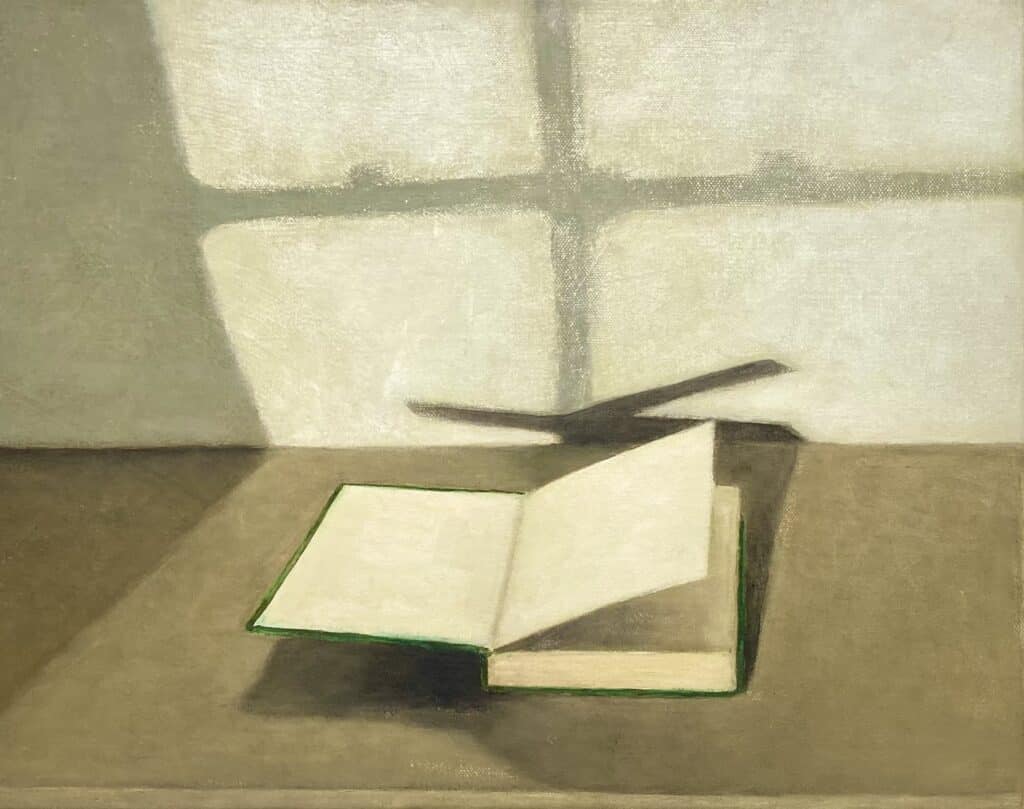
3. The first thing that strikes us when we look at your paintings is the intimacy they convey while paradoxically no precise intimate elements are perceptible, how would you describe the way you apprehend the intimacy in your works ?
I think that intimacy is so much more than a physical experience. It is a feeling of closeness, of being together, something we all relate to, or aspire to.The shadow figure paintings have been a perfect way to hint, or suggest a relationship, a moment of togetherness, impersonal, and without voyeurism. They are predominately about conveying a mood or a feeling. Detail is deliberately kept to a bare minimum, in order for this aspect to have dominance. Because the shadow figures are unspecific, I hope that the viewer will more readily relate to them, and bring their own experience and feelings, and subsequently create a a symbiotic exchange.
4. This season’s theme of the Revue Eclipse is the Assignificant, evoking artists that detach their artworks from an explicit will to convey an ostensible meaning such as political thoughts or deliberate and precise values; They rather evoke ordinary moments and scenes. Would you say that in a way your works can be qualified as “assignificant” ?
‘Assignificant ‘is a new word to me, but I feel that it fits very well with my work. The ordinary and everyday has been central to my work for sometime. It could be argued that I am saying very little, and I agree with this opinion entirely because saying little, and appreciating the commonplace, is central to my practice. This approach could be compared to a philosophical standpoint, and the act of looking when painting, is a perfect mindful activity. So much of my painting has come out of observing what is around me in my everyday life.
5. Your works seem to depict shadows, left empty books, desolate landscapes… Is the notion of absence central to your work, and if so, why ?
The notion of absence and presence has been a central theme developing in my work over the last year. I am intrigued how an image can be created of something, for example a book left open on a chair, but also suggest the absence of something or someone. Empty spaces, rooms, chairs, can have a similar quality, suggesting the absence of the expected ‘occupier’. Such images can make us consider those who should be present, or have gone. The paintings become more about who, or what they are not conveying, than about the subject/ object/ place itself.
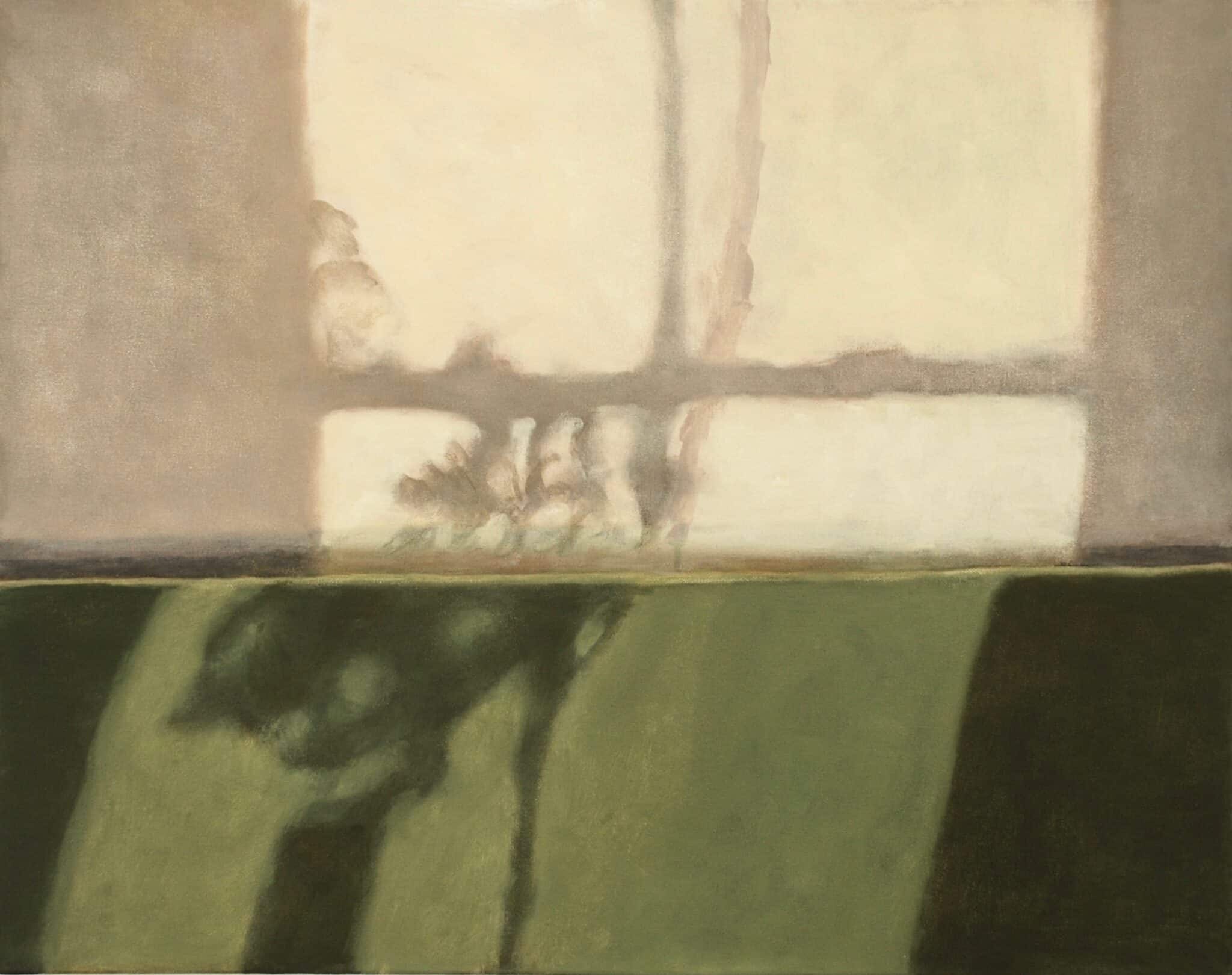
6. Your color palette can be seen as reduced, does it echo the essential themes of your artworks ? Could you tell us more about your chromatic choices ?
The ‘reduced’ colour palette is not pre meditated or contrived. It usually relates to the observed subject. However I have found that an image which is not too busy, ie. having many colours, is more inclined to give a sense of harmony and calm.
7. It appears that some themes and images tend to come back along the years in your creations; is the concept of repetition important to you ?
I find that I do have a tendency to become very engaged in a certain subject, and I enjoy exploring it’s nuances and variations. I certainly follow themes in my work. ‘There are many ways to say the same thing’.
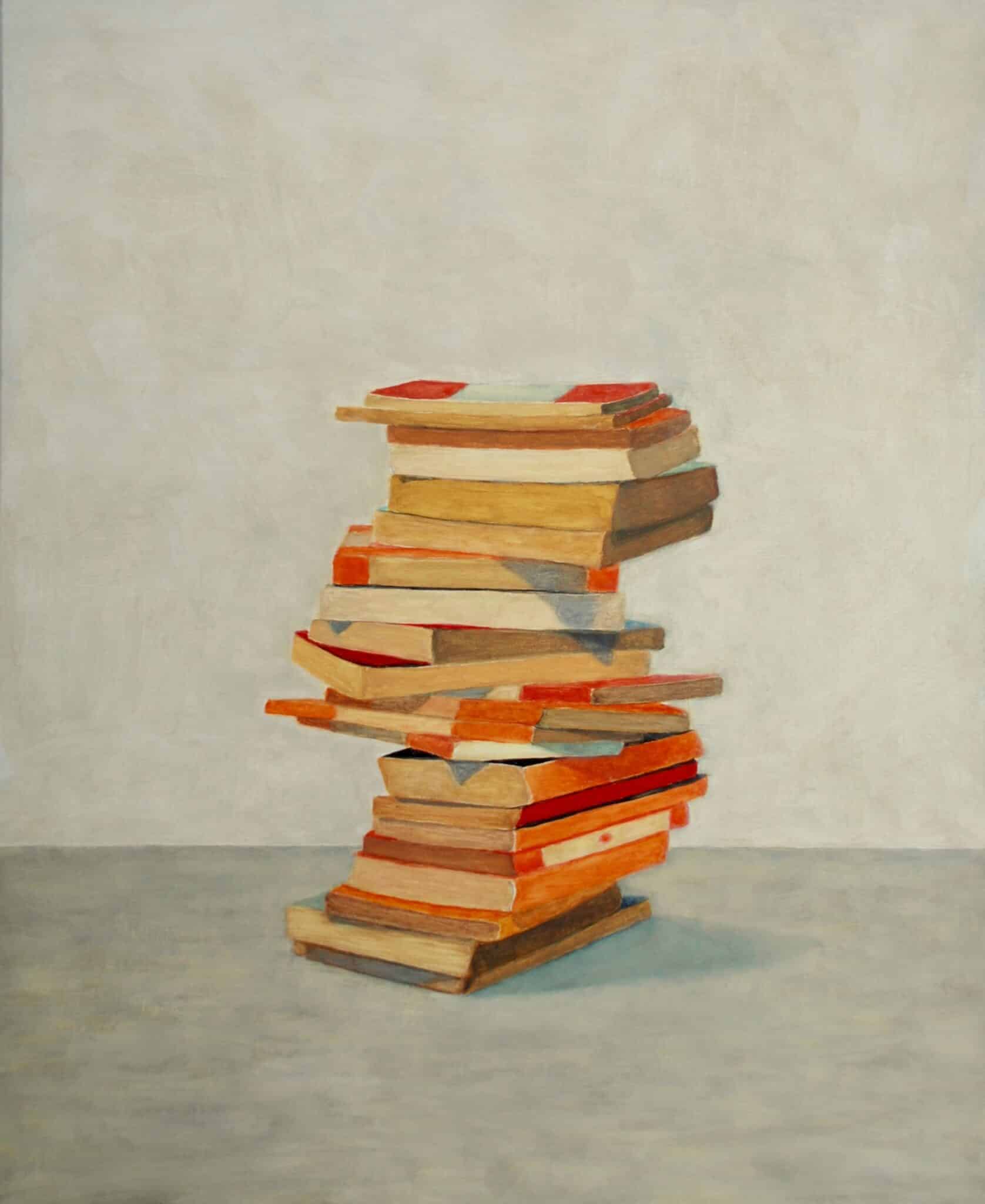
8. Tell us about a typical day of your work ?
A typical day for me is unfortunately several hours in the morning, of admin on my computer, answering emails, accounting, business stuff ! I spend rather a lot of time on Instagram, which I can sometimes justify as work, but often it is just time wasting ! I tend to get into the studio just before lunch. I usually have a good afternoon painting.
Do you have any project to share with us?
I shall be showing works in several forthcoming mixed exhibitions in London, Como, Shanghai and Hong Kong. I am also currently in discussion about solo presentations in 2024, with a number of international galleries.
